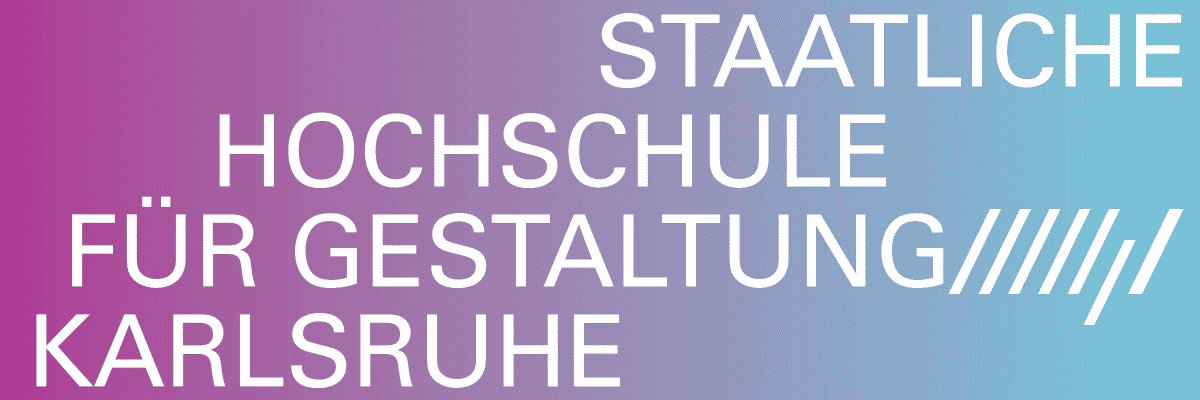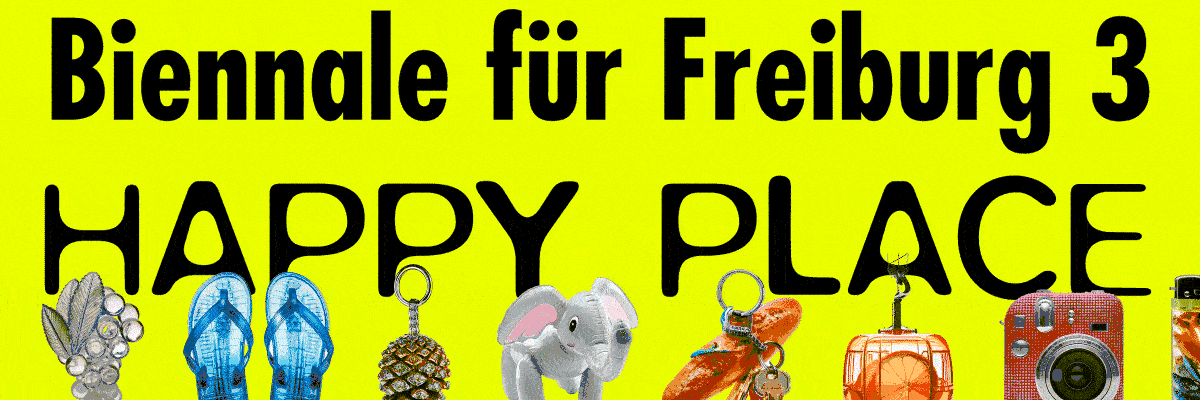
Ileana Arnaoutou & Ismene King, Valentina Bartolini, Nicole Economides, Vasilis Papageorgiou, Yorgos Stamkopoulos, Nikolas Ventourakis and Paky Vlassopoulou
Sunny Side Up
Project Info
- 💙 Callirrhoë
- 💚 Olympia Tzortzi
- 🖤 Ileana Arnaoutou & Ismene King, Valentina Bartolini, Nicole Economides, Vasilis Papageorgiou, Yorgos Stamkopoulos, Nikolas Ventourakis and Paky Vlassopoulou
- 💜 Olympia Tzortzi
- 💛 Frank Holbein
Share on

Callirrhoë, Sunny Side Up, installation shot, image © Frank Holbein 2025
Advertisement

Nikolas Ventourakis, Sea Turtle Conservation Area, 2015, Inkjet print on baryta archival paper, mounted on Dibond, 80 × 100 cm (unframed), Edition of 3 + 1 AP, Courtesy the artist and Callirrhoë, Athens, image © Frank Holbein 2025

Nicole Economides, August ’83, 2025, Oil on canvas, 100 × 140 cm, Unique, Courtesy the artist and Callirrhoë, Athens, image © Frank Holbein 2025

Vasilis Papageorgiou, Flower on the floor II & I, 2024, Painted steel and plexiglass, 45 × 10 × 10 cm each, Unique, Courtesy the artist and Callirrhoë, Athens, image © Frank Holbein 2025

Vasilis Papageorgiou, Flower on the floor II & I, 2024, Painted steel and plexiglass, 45 × 10 × 10 cm each, Unique, Courtesy the artist and Callirrhoë, Athens, image © Frank Holbein 2025

Callirrhoë, Sunny Side Up, installation shot, image © Frank Holbein 2025

Callirrhoë, Sunny Side Up, installation shot, image © Frank Holbein 2025

Valentina Bartolini, Favourite time of the day, 2025, Colour pencils and oil pastels, handmade paper from Thailand, 50 × 76 cm, Unique, Courtesy the artist and Callirrhoë, Athens, image © Frank Holbein 2025

Valentina Bartolini, Sunday’s cities, 2025, Colour pencils and oil pastels, handmade paper from Thailand, 50 × 76 cm, Unique, Courtesy the artist and Callirrhoë, Athens, image © Frank Holbein 2025

Vasilis Papageorgiou, Sunbed VII, 2024, Painted steel, copper plated beach towel, newspaper, 185 × 125 × 81 cm, Unique, Courtesy the artist and Callirrhoë, Athens, image © Stathis Mamalakis 2024

Callirrhoë, Sunny Side Up, installation shot, image © Frank Holbein 2025

Callirrhoë, Sunny Side Up, installation shot, image © Frank Holbein 2025

Ileana Arnaoutou & Ismene King, Flower VIII, 2025, Aluminium, 45 × 32 × 17 cm, Unique, Courtesy the artists and Callirrhoë, Athens, image © Frank Holbein 2025

Ileana Arnaoutou & Ismene King, Flower IΧ, 2025, Aluminium, 47 × 44 × 27 cm, Unique, Courtesy the artists and Callirrhoë, Athens, image © Frank Holbein 2025

Ileana Arnaoutou & Ismene King, Case ΧΧΙΙ, 2025, Polyester resin & galvanised steel, 35 × 30 × 5 cm, Unique, Courtesy the artists and Callirrhoë, Athens, image © Frank Holbein 2025

Callirrhoë, Sunny Side Up, installation shot, image © Frank Holbein 2025

Paky Vlassopoulou, Dark forest, 2025, Ceramic and unfired clay, 13.5 × 8 × 9 cm, Unique, Courtesy the artist and Callirrhoë, Athens, image © Frank Holbein 2025

Paky Vlassopoulou, Roof above my head, 2025, Ceramic, 18 × 13.5 × 11 cm, Unique, Courtesy the artist and Callirrhoë, Athens, image © Frank Holbein 2025

Callirrhoë, Sunny Side Up, installation shot, image © Frank Holbein 2025

Yorgos Stamkopoulos, Untitled, 2024, Oil and oil pastel on unprimed canvas, 120 × 100 cm, Unique, Courtesy the artist and Callirrhoë, Athens, image © Frank Holbein 2025
Did we all measure our childhood summers by the number of ice creams we ate—or is that just a Mediterranean thing? I remember countless children scattered along the beaches of Greece, playing under the sun, chatting, counting, and “competing” over who had eaten the most ice cream. I was definitely winning against my brother. Looking back, I’m not sure if it was the innocence of that time, the carefree spirit of the early ’90s, or simply the fact that we were just children—but summer had a different kind of magic back then.
Callirrhoë is pleased to present Sunny Side Up, a group exhibition featuring seven contemporary artists represented by the gallery, each offering a personal and critical perspective on the Mediterranean summer, drawing from intimate and embodied experience. While the show draws on nostalgia—those memories of sun, sea, and ice cream—it also acknowledges the shifting realities of the present. Through a range of practices, the works explore the tension between desire and fragility: the impact of over-tourism, the accelerating climate crisis, and the delicate balance between pleasure and environmental precarity. Sunny Side Up invites viewers to linger in that duality—to feel the warmth of the sun while recognizing the heat.
Ileana Arnaoutou and Ismene King have, over the past two years, developed works that blend industrial materials with reflections on domesticity, architecture, and interior spaces. The duo incorporates industrial remnants into wall-based sculptures that revisit floral motifs and organic forms, merging them with visual patterns found in urban landscapes. These works do not merely represent nature—they articulate a new sensibility, one where the human hand is both embedded in and entangled with the environment, preserving and reimagining the material world in response to today’s pressing ecological concerns. This practice extends to Aegina Island, where a series of burial cavities linked to the Salaminomachoi warriors was discovered—emptied and left unclassified as an archaeological site—hovering in a liminal state between presence and absence. Their focus on an abandoned boat collected from a landfill—a vessel stripped of its function, now existing as a hollow structure—reflects an imprint of past labor and movement.
Valentina Bartolini offers a quiet meditation on the passage of time and the delicate traces left by nature. She works on handmade paper, meticulously creating an underwater, dreamlike atmosphere that underlines the construction of the Mediterranean dream summer. Bartolini’s approach continuously underscores the fragile equilibrium between human presence and nature, presenting a vision where past and present coexist.
Nicole Economides, a Greek-American artist, bridges geographies and identities in her reflection on the summer experience through a diptych that evokes the familiar scene of Coney Island—an image deeply tied to her childhood in the USA. Her work celebrates the vibrancy and joy of summer as a space of cultural exchange and collective memory. Through layered representations of beach life, Economides explores how the Mediterranean—and similar destinations of seasonal pleasure—have become global spaces of connection, desire, and exploitation. Her work articulates a universal longing for sun, sea, and game, weaving together two distinct yet emotionally resonant landscapes. Here, she dwells specifically on a summer in 1983, as one might imagine it.
Vasilis Papageorgiou presents a reflection that weaves together coastal architecture, personal artifacts, and symbolic forms to examine the politics of tourism and its impact on both the environment and the human body. His installation incorporates flowers and sunbeds transformed into sculptural forms that reflect on commodification and ecological fragility. The metal sunbed symbolizes the contemplation of capitalist systems of pleasure, their role in the cyclical depletion of planetary resources, and the tension between rest and the endless cycle of consumption. Meanwhile, the metal flower emerges like a false promise from an artificial garden—an ephemeral Eden that offers beauty that cannot be sustained, mirroring the myth of summer itself. Through these elements, Papageorgiou critiques the exhaustion of planetary resources and the physical and mental toll of contemporary life. By dismantling familiar symbols of rest and leisure, he confronts the logic of capitalist consumption and the fleeting nature of human desire.
Yorgos Stamkopoulos captures the transformative beauty of the Mediterranean landscape through abstract, gestural paintings that evoke both music and nature. His technique begins with the application of a masking agent to the canvas, followed by gestural painting. After allowing the initial layer to dry, he alternates between applying a masking agent and oil paints, creating a multilayered process with unpredictable shapes and areas left unpainted. Once the entire canvas is covered, he scrapes off the paint, adding depth and complexity to his dynamic, textured works. This method mirrors the transformative process of molding, resulting in canvases that are both visually and texturally rich. His works suggest shimmering waters, radiant skies and the fluidity of light and shadow, echoing the region’s cyclical rhythms of change. Through this visual language, he invites the viewer into a space of sensory memory—one where transformation and timelessness coexist.
Nikolas Ventourakis offers a poignant photographic meditation through his image of weathered plastic chairs and a table—objects commonly found on beaches across Cyprus. Worn by countless summers, these modest, utilitarian forms symbolize both the ephemeral joy of seasonal escape and the environmental strain such moments can impose. Ventourakis prompts viewers to reflect on what is left behind—physically, emotionally, and ecologically—as summer fades. His work contemplates the impermanence of pleasure and the enduring consequences of overconsumption, serving as a subtle yet powerful reminder of the fragile relationship between enjoyment and sustainability.
Paky Vlassopoulou presents a series of miniature sculptures that explore ideas of home, refuge, and protection. Each piece encapsulates the essence of a sanctuary, not only for humans but for all beings. These sculptures, born from the artist’s imagination, offer a utopian or dystopian vision of the future—an otherworldly bunker where creatures of all kinds might seek refuge. This imaginative portrayal highlights the interconnectedness of life, echoing the symbiotic relationship between humans and nature. Notably, the bees—symbols of both fragility and resilience—remind us of our responsibility to coexist harmoniously with the natural world. These sculptures stand as poignant reminders that protection and care must extend beyond human boundaries, offering a glimpse into a future where the protection of all life takes precedence.
Olympia Tzortzi



